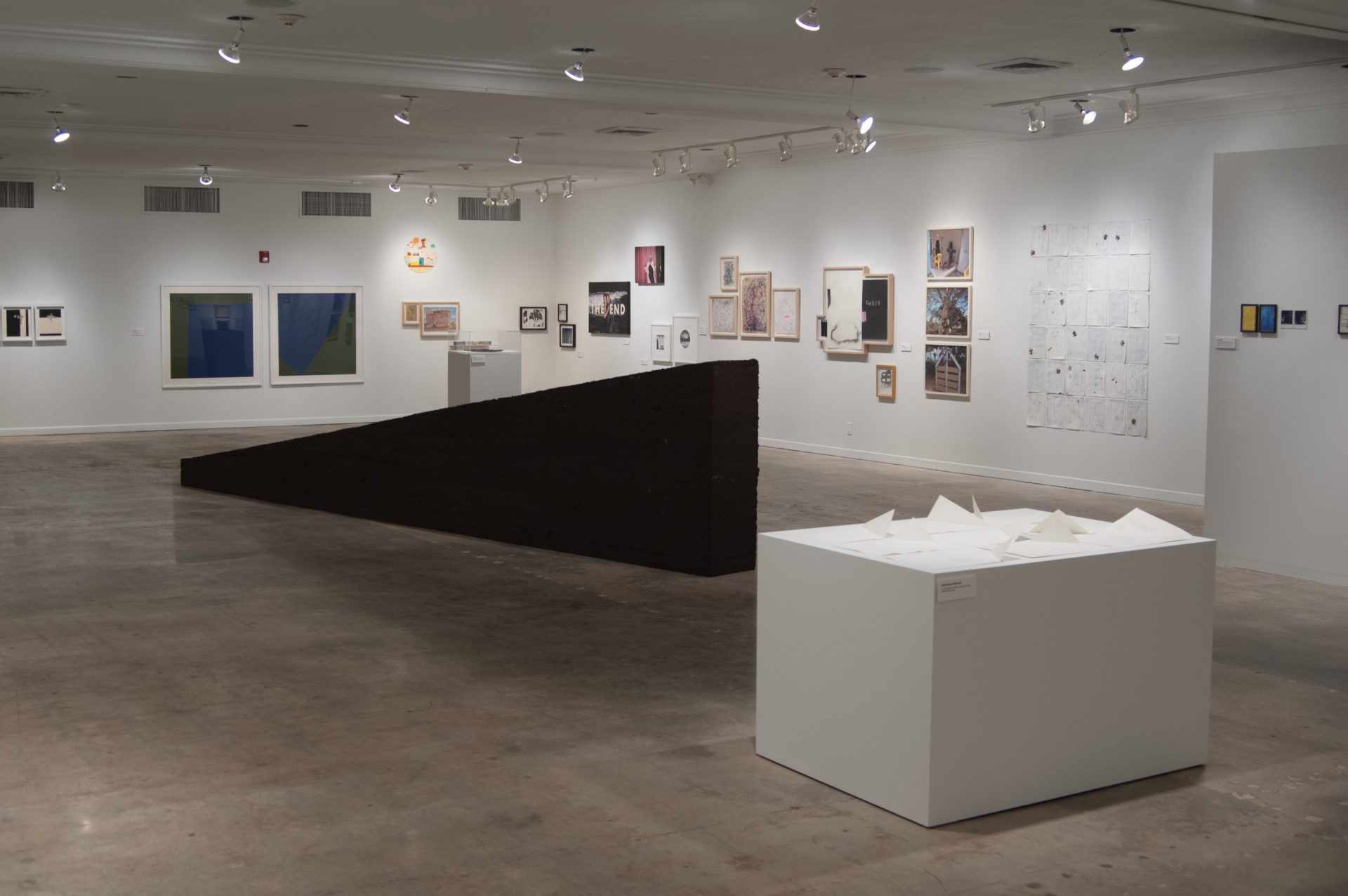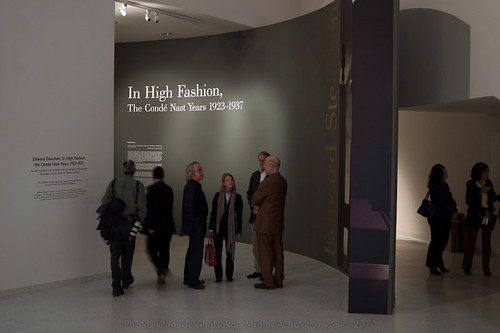Edward Steichen: In High Fashion, the Condé Nast Years 1923 – 1937
Museum of Art Fort Lauderdale has come under some criticism for some of their recent exhibitions. Having an exhibition of this historical significance is special. The museum’s display is elegantly set in muted tones and period style. The photos themselves were intended for print publication, hence the focus on fashion. Steichen’s early reputation as a serious artists of the photographic Pictorialist gave way to turn to commercial interests. Eventually he attempted to recover his artistic career and curatorial work culmination in the exhibition, “The Family of Man”, which ended up as a widely seen coffee table book. I remember seeing it often during its initial release. Steichen did however, invented modern fashion photography as a genre, and the concept of a highly paid glamorous magazine photographer. Condé Nast, his employer, changed his Pictorialist style, but he still brought his training and aesthetics to the work at hand.
Edward Steichen (1879-1973) is one of the most prolific, influential and controversial figures in the history of photography. An incessant innovator, he applied his talents to portraiture, the nude, landscape, cityscape, flowers, dance, theatre, fashion, advertising and war. Steichen’s contributions could fill a full chapter in the history of photography. From 1900 on he was recognized on both sides of the Atlantic as a leading figure in fine-art photography. Between the two world wars he revolutionized fashion photography while becoming known as “the most famous portrait photographer in the world”. In the post-war period, Steichen made his influence felt as a curator at New York’s Museum of Modern Art, most notably with the legendary exhibition “The Family of Man”.
Looking at this exhibition the first and primary thing one has to note about this exhibition is that neither the photography nor the fashion looks that dated because of how we continue to use these same modern techniques of lighting and staging to get the dramatic image we want. The clothing is high fashion and elegantly tailored, both suits and gowns. (Your author saw at least two suits that would be perfect in his closet).
Compared with his predecessors, Steichen accomplished a stylistic leap in fashion photography equal in magnitude to the transition from silent pictures to sound. He abandoned his artistic beginnings in photographic Impressionism, Art Nouveau and Symbolism in favour of a wholly original, Art Déco-inspired, thoroughly modern style perfectly adapted to the innovative fashions of the time. What strikes us today, some seventy-five years later, is the versatility of his approach. Steichen never fell back on formula, and constantly found new ways to show his sitters and their clothes to advantage. One admiring critic claimed that to be photographed by the master was to be “Steichenized”.
Edward Steichen: In High Fashion, is produced by the Foundation for the Exhibition of Photography, Minneapolis, and the Musée de l’Elysée, Lausanne. Curators of the exhibition: William A. Ewing, Todd Brandow and Nathalie Herschdorfer.
This exhibition has been generously supported by a gift from the David and Francie Horvitz Family Foundation, with additional support from LXR Luxury Resorts and Hotels and the Hyatt Regency Pier Sixty-Six, Ivonne de la Vega, and Funding Arts Broward.
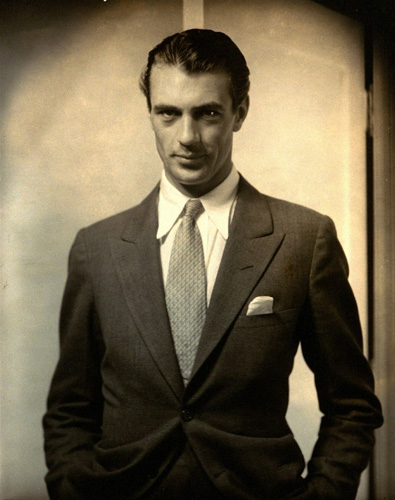
Edward Steichen, Actor Gary Cooper, 1930
Courtesy Collection Matthieu Humery,
France © 1930 Condé Nast Publications
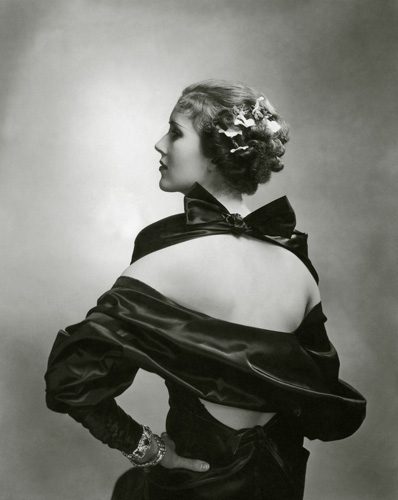
Edward Steichen, Actress Mary Heberden, 1935
Courtesy Condé Nast Archive,
New York © 1935 Condé Nast Publications
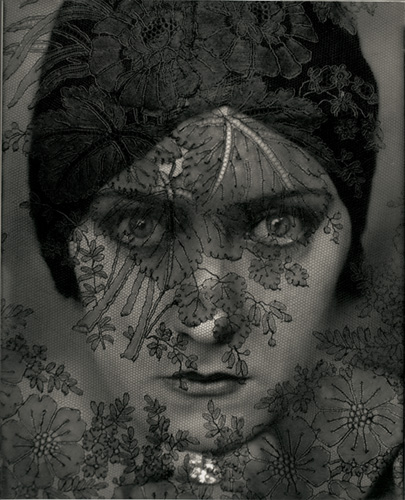
Edward Steichen, Actress Gloria Swanson, 1924
Courtesy Condé Nast Archive,
New York © 1930 Condé Nast Publications
The Museum of Art | Fort Lauderdale
One E. Las Olas Boulevard at Andrews Avenue
Fort Lauderdale, FL 33301
(954) 525-5500
